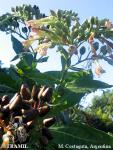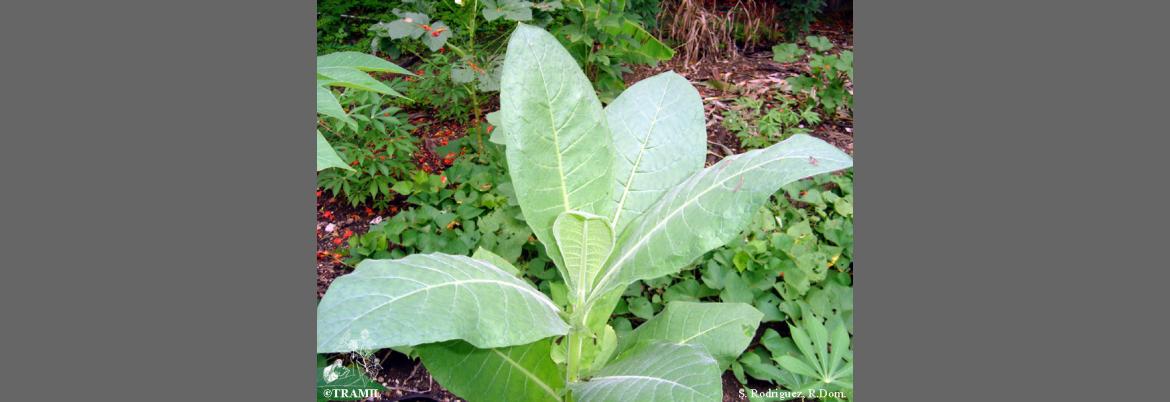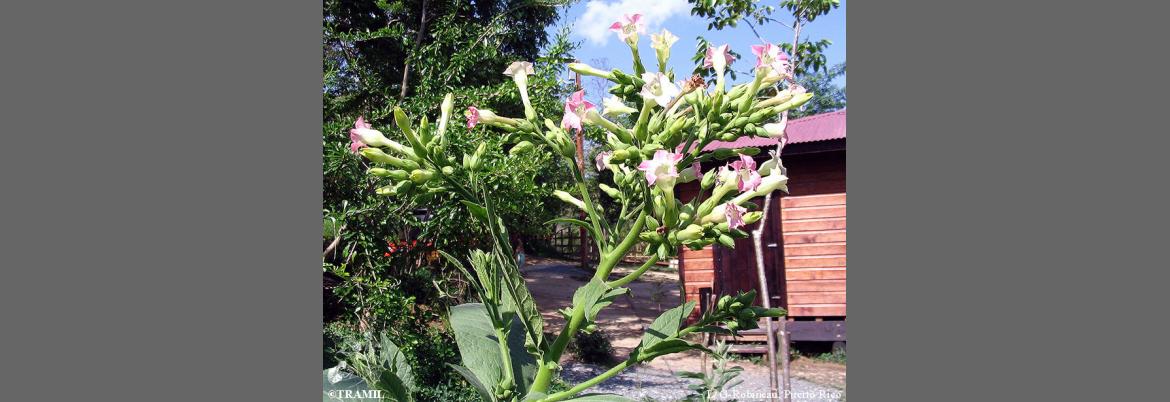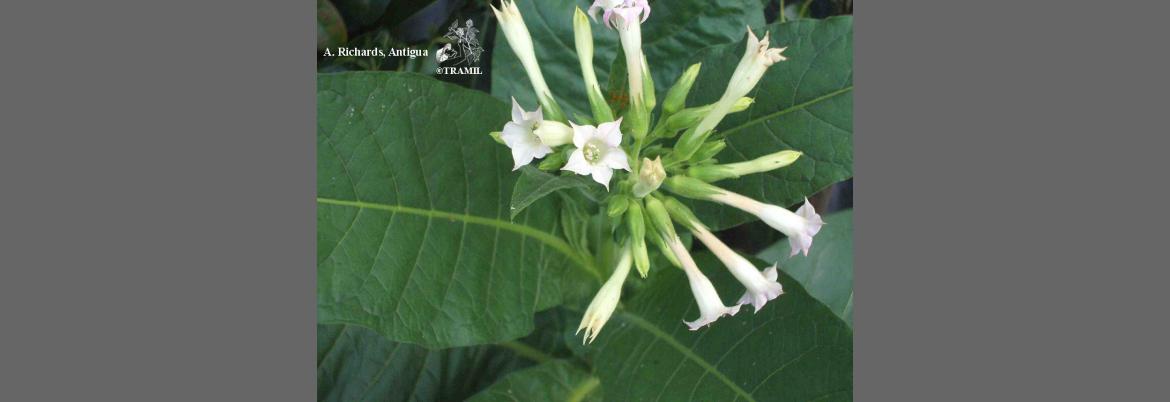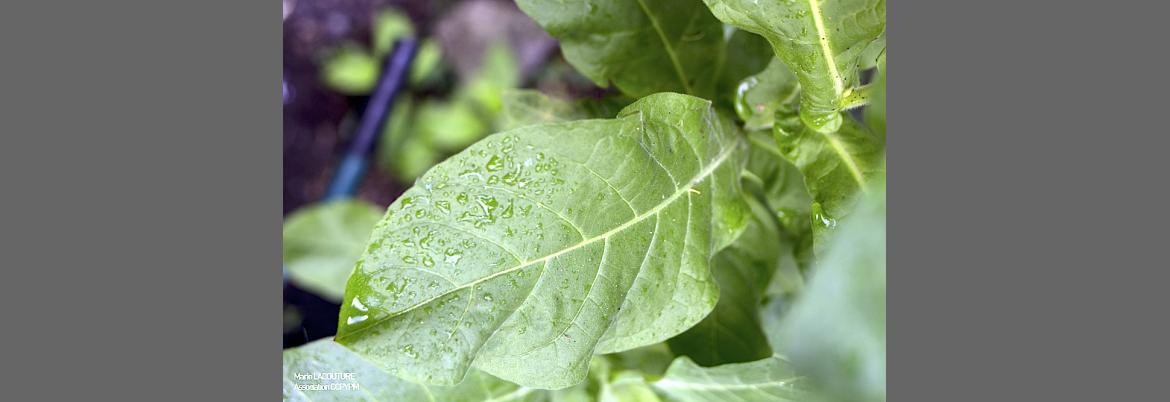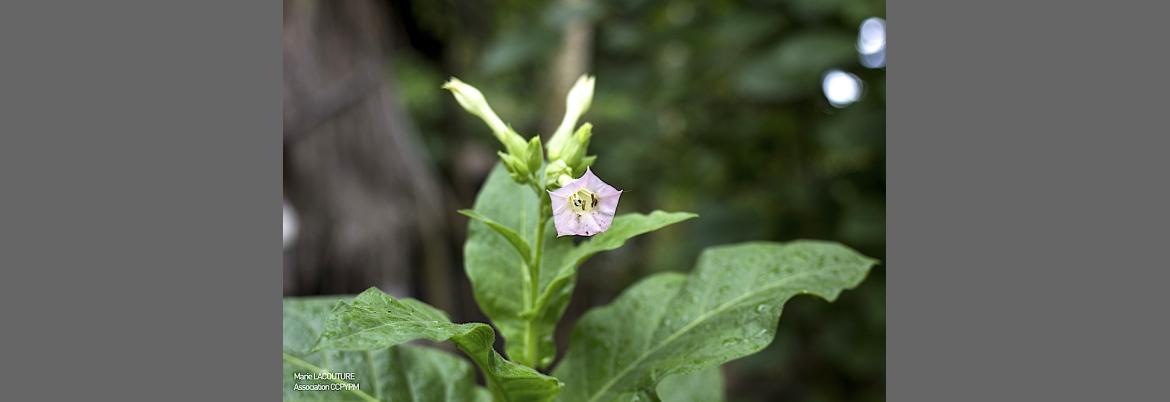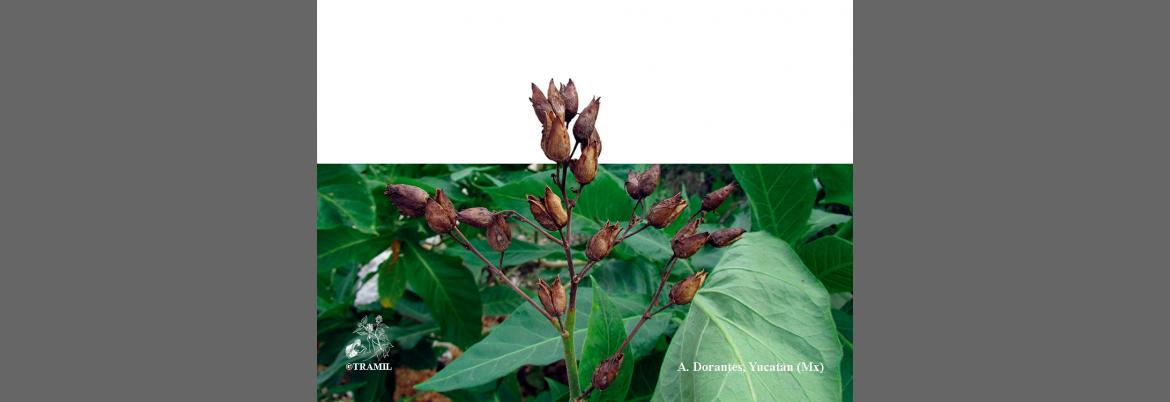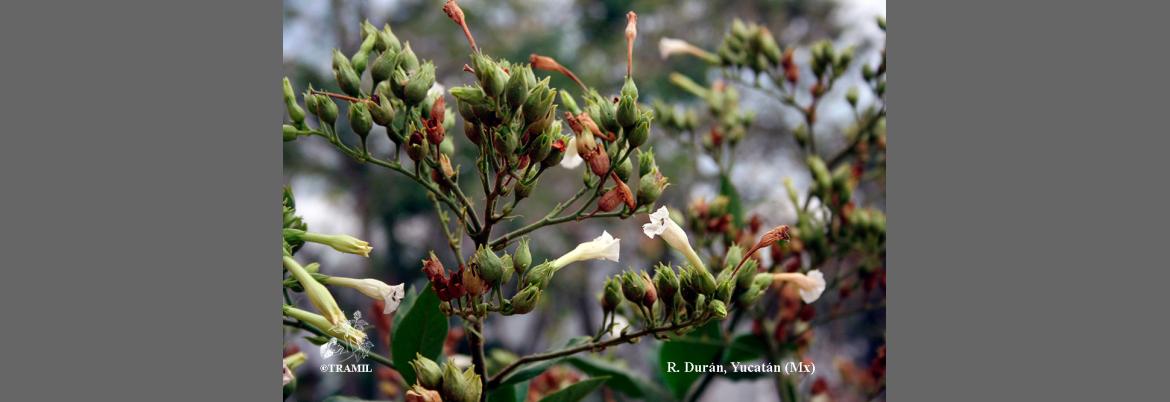1 GERMOSEN-ROBINEAU L, GERONIMO M, AMPARO C, 1984 Encuesta TRAMIL. enda-caribe, Santo Domingo, Rep. Dominicana.
2 WENIGER B, 1987-88 Encuesta TRAMIL. enda-caribe, Santo Domingo, Rep. Dominicana.
3 WHO, 1991 Guidelines for the assessment of herbal medicines. WHO/TRM/91.4. Programme on Traditional Medicines, WHO, Geneva, Switzerland.
4 SUN J, ZHU Z, ZHU Y, 1986 Studies on 6-benzyladenine localization in callus cels of tobacco. Zhiwa Xuebao25(5):480-482.
5 BOWMAN DT, WEEKS WW, WILKINSON CA, 1991 Stability of alkaloid production in flue-cured tobacco. Crop Sci 31(5):1121-1124.
6 COURT WA, HENDEL JG, 1978 Determination of nonvolatile organic and fatty acids in flue-cured tobacco by gas-liquid chromatography. J Chromatogr Sci 16:314-317.
7 HOFFMANN D, ADAMS JD, LISK D, FISENNE I, BRUNNEMANN KD, 1987 Toxic and carcinogenic agents in dry and moist snuff. J Natl Cancer Inst 79(6):1281-1286.
8 ADESINA SK, 1982 Studies on a Nigerian herbal anticonvulsant recipe. Int J Crude Drug Res 20:93-100.
9 NISHIKAWAJI S, FUJIMORI T, MATSUSHIMA S, KATO K, 1983 Sesquiterpenoids from flue-cured tobacco leaves. Phytochemistry 22(8):1819-1820.
10 SONGSTAD DD, KURZ WGW, NESSLER CL, 1991 Tyramine accumulation inNicotiana tabacum transformed with a chimeric trytophan decarboxylase gene. Phytochemistry 30(10):3245-3246.
11 LEETE E, 1983 Biosynthesis and metabolism of the tobacco alkaloids. In: PELLETIER SW (Ed). Alkaloids: Chemical and biological perspectives. New York, USA: John Wiley & Sons, 1:85-152.
12 CACERES A, LOPEZ BR, GIRON MA, LOGEMANN H, 1991 Plants used in Guatemala for the treatment of dermatophytic infections. 1. Screening for antimycotic activity of 44 plant extracts. J Ethnopharmacol 31(3):263-276.
13 LEIFERTOVA I, LISA M, 1979 The antifungal properties of higher plants affecting some species of the genus Aspergillus. Folia Pharm (Prague) 2:29-54.
14 GRUNWELLER S, SCHRODER E, KESSELMEIER J, 1990 Biological activities of furostanol saponins fromNicotiana tabacum. Phytochemistry 29(8):2485-2490.
15 BHASIN HD, 1926 Annual report of the entomologist to government, Punjab, Lyallpur, for the year 1924-25. Rept Operations Dept Agr Punjab 1(II):69-121.
16 YAMAGUCHI K, SUZUKI T, KATAYAMA A, SASA M, IIDA S, 1950 Insecticidal action of Japanese plants. II. A general method of detecting effective fractions and its application to 24 species of insecticidal plants. Botyu Kagaku 15:62-70.
17 ZHAO SH, ZHANG X, 1982 On the antifeedant and toxicities of natural organic insecticides against snout moth's larva of rice. Chin J Agr Sci 2:55-60.
18 VAN PUYVELDE L, GEYSEN D, AYOBANGIRA FX, HAKIZAMUNGU E, NSHIMIYIMANA A, KALISA A, 1985 Screening of medicinal plants of Rwanda for acaricidal activity. J Ethnopharmacol 13(2):209-215.
19 GONCALO M, COUTO J, GONCALO S, 1990 Allergic contact dermatitis from Nicotiana tabacum. Contact Dermatitis 22(3):188-189.
20 BECKER CG, VAN HAMONT N, WAGNER M, 1981 Tobacco, cocoa, coffee, and ragweed: cross-reacting allergens that activate factor-XII- dependent pathways. Blood 58(5):861-867.
21 BORYS DJ, SETZER SC, LING LJ, 1988 CNS depression in an infant after the ingestion of tobacco: a case report. Vet Hum Toxicol 30(1):20-22.
22 ANON, 1993 Green tobacco sickness in tobacco harvesters - Kentucky, 1992. Morbidity Mortality Weekly Rept 42(13):237-240.
23 TAYLOR P, 1996 Agents acting at the neuromuscular junction and autonomic ganglia. In: Goodman, Gilman’s: The pharmacological basis of therapeutics. Goodman LS, Limbird LE, Milinoff PB, Ruddon RW, Gilman AG, 9th ed. New York, USA: The McGraw-Hill Companies, Inc., International Edition. p193.
